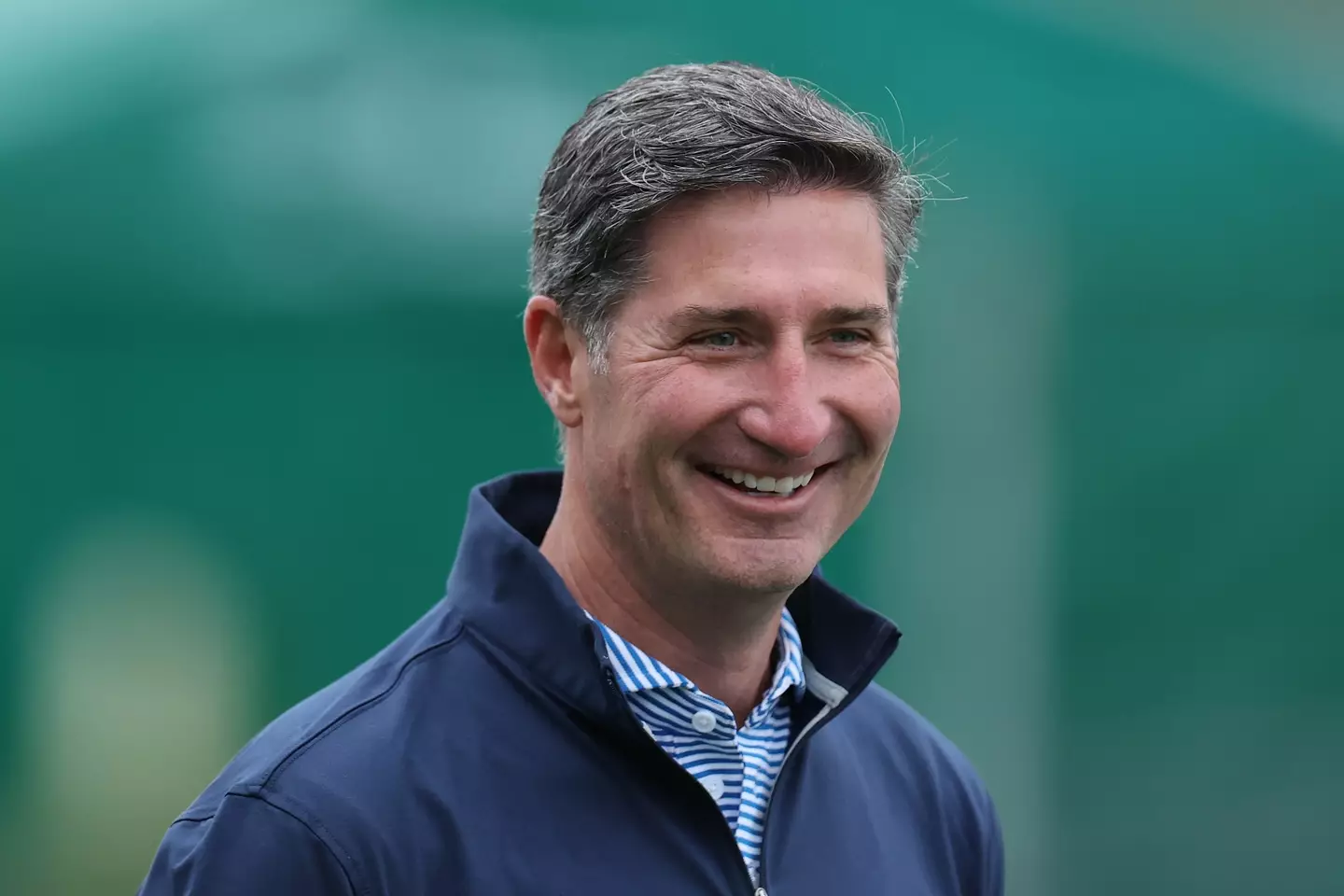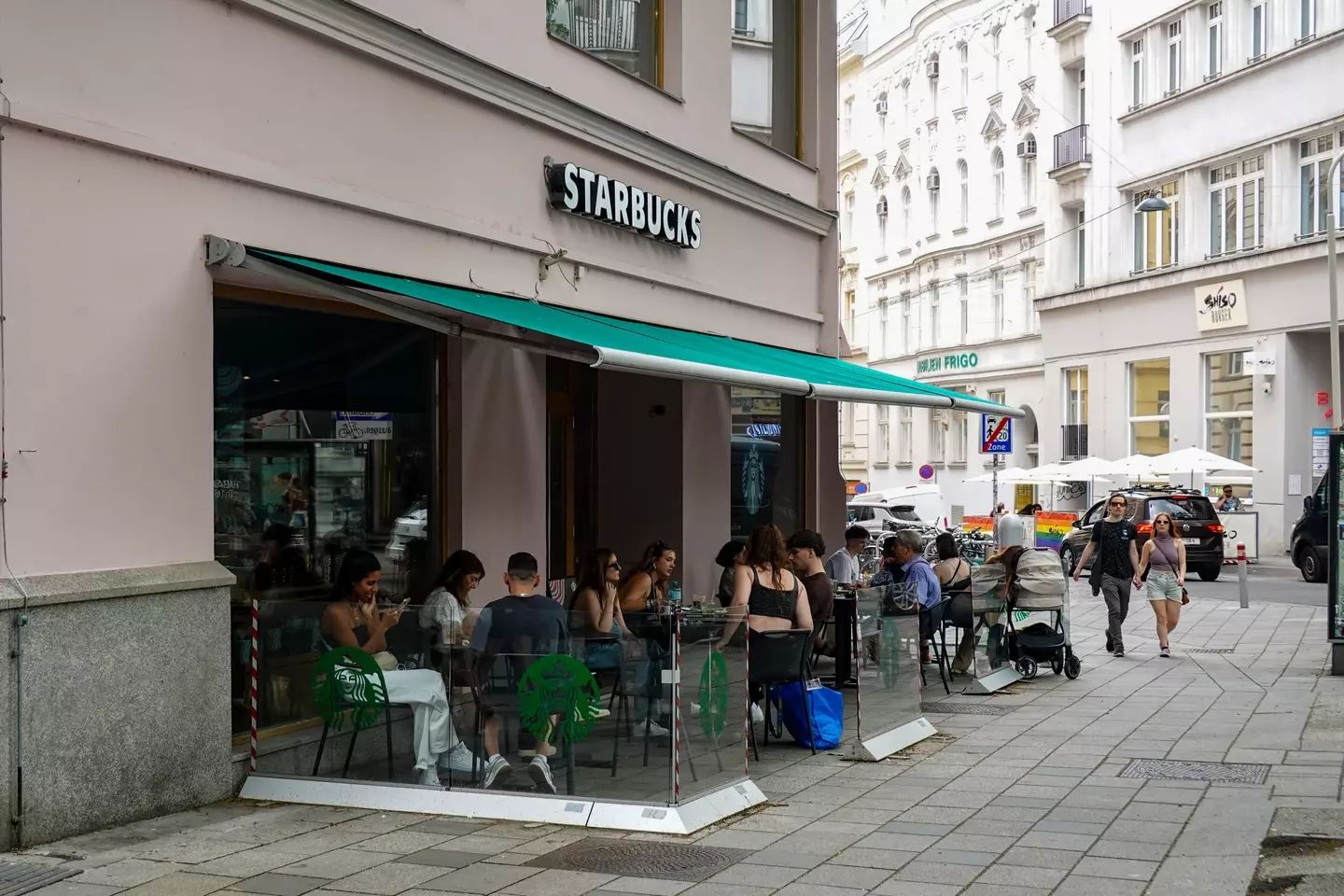.jpg%3Fcrop%3D3500%2C1969%2Cx0%2Cy0)
Starbucks is an undeniable titan of the coffee game. Since its first outlet opened in Seattle’s Pike Place Market in 1971, the coffee chain has developed a global footprint that’s made it near-synonymous with the concept of a takeaway coffee.
The takeaway element has become a bigger deal for the brand since the pandemic, with a post-Covid decision to reduce seating, the use of ceramic mugs, and the general sense of Starbucks being a ‘third space’ looking set for a reversal.

Much is made of the loss of third spaces both in the UK and US: essentially, they’re places where you can hang out.
Advert
Since September 2024, new CEO Brian Niccol has been focused on reigniting what he views as Starbucks true raison d’etre, besides serving coffee anyway. For him, Starbucks should be a facilitator of community, and he’s made some changes already to move the brand back in that direction.
One unpopular move with staff was to mandate notes of affirmation scribbled on takeaway cups, with the idea being that a quick ‘have a lovely day’ or something to that effect could brighten up a customer’s coffee break.
The chain has also stopped charging extra for non-dairy milk options, has slimmed down its menus, and revoked its ‘open door’ policy to now require that customers buy something if they want to take a seat.
That latter point might seem counterproductive if you’re looking to give Starbucks a communal, third space feel, but it’s coming alongside another move that will restore a pre-pandemic setup.
Advert
Niccol has said that cutting back on in-store seating after the pandemic was a mistake.
"We had this strategy that I think was just a misfire of a purpose-driven store," he said at Starbucks’ Leadership Experience event in Las Vegas with over 14,000 store managers in the audience.
"We've got to get the seats back."
The shifts, dubbed the ‘Back to Starbucks’ plan, come in the wake of declining sales and customer visits over the past several quarters.
Advert

Speed is on the agenda too, with Starbucks rolling out a US ‘Green Apron Service Model’ this summer with the aim of serving a coffee within four minutes of a customer entering a store.
It sounds as though Niccol’s vision for Starbucks is a hybrid of modern conveniences and the classic coffee house vibe, although the decision to require customers to buy something if they’re going to sit inside might prove a sticking point if he wants to see the coffee chain regain its status as a hangout spot.
